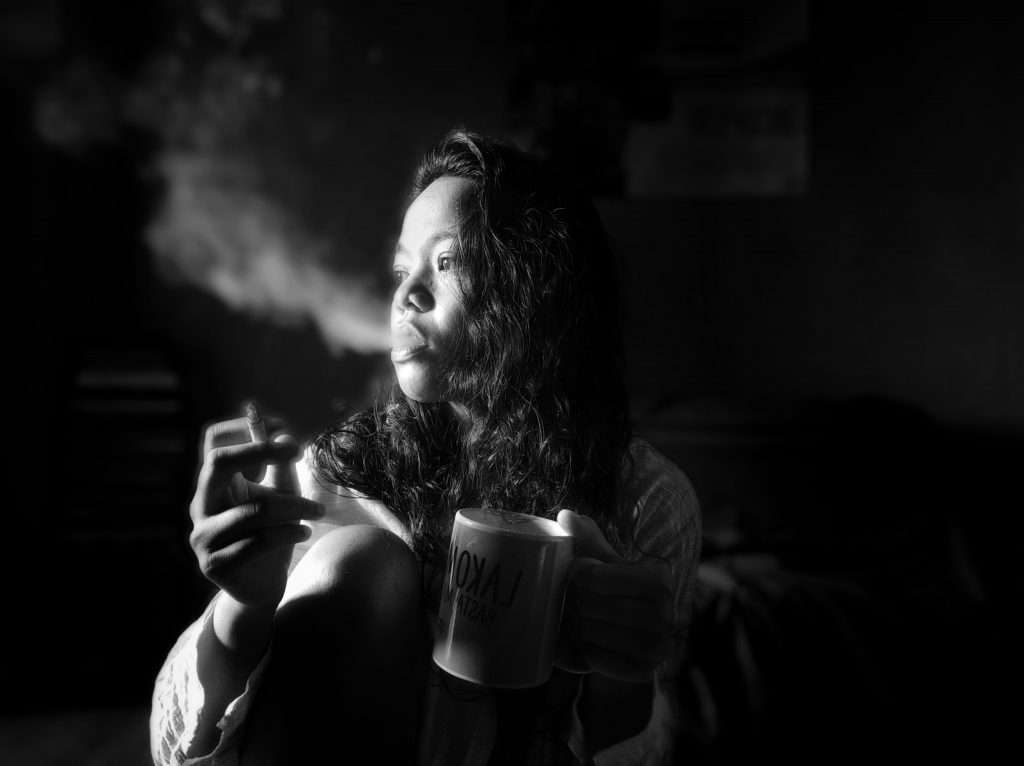
With the extension of the Enhanced Community Quarantine, the Philippines is entering its second month under lockdown. This month, we turn our sights to some of Visayas’ proud sons and daughters who march to their own beat regardless of Manila’s frenzied tempo. Normally always on the go, now they have no choice but to sit still and answer some of our questions. This is Lockdown Sessions.
Cebuana actress Chai Fonacier‘s personality is too big to fit the computer screen of this video call. Her thought process is too fast for my 12mbps internet connection. Still very young in showbusiness and with multiple awards already under her belt, Fonacier has appeared in highly praised films including Respeto, Patay na si Hesus, and Miss Bulalacao. She has a lot to say and even more time to think about during lockdown. We check in with her and her cat, Butter Mimong Stinkerbelle Fishbreath, or simply Mimong for short.
Where are you locked down?
I’m in Manila. This is not my place though. I have a cat, and the place where I was staying originally didn’t allow pets. So I’m staying at a friend’s place, but it’s okay because I have a unit [in the same building].
(*The unit where Chai Fonacier took the video call belongs to her friend, and pressumably has better wifi. Chai lives in the same building.)
What did you do when you heard Metro Manila will be put under community quarantine?
I remember hearing about a virus going around from December pa lang. I read about it and thought, shet. When government officials started suggesting that we practice social distancing by late February, I thought, okay? Is this the thing I heard about in December? So it really is a pandemic.
I was already following this in the news. It was beginning to sink in that this is already a big thing.
You didn’t think of going back to Cebu for the lockdown?
I uprooted my life from Cebu back in August 2017 to move here because of work. I’m still a Cebuano through and through, but I’m here now. At first, I thought about going back to Cebu for the lockdown, because I wanted to believe that [the lockdown] was going to be a short thing. But that was just me being hopeful. Deep down, I knew this was going to last for a long time.
Describe a usual day for Chai Fonacier before the lockdown. What would you normally do?
Because I’m an actor, I adjust to the schedules given to me. A normal work day would mean waking up early in the morning because that’s what shoot days are like. A shoot goes on for a whole day. That’s it.
For a non-work day, I’m pretty much free to do…chores. (laugh) I do groceries, I hand wash my laundry, take care of the cat, hang out. I try to make music.
What’s a normal day for you now that you’re locked down?
The first few weeks of the lockdown, I went in and out of depression. The first thing I did was to switch my body clock back to normal. I started waking up at 5am or 6am. Then I started getting into a routine. Even if I’m not working, I always have a checklist of things to do. I check on the cat. Even if I don’t have projects to work on, I make sure I work on something. I’ll go back to a piece I wrote before, or try to work on a blog of sorts.
I plan to start a blog of recipes. Like a cooking blog for desperate times. (laughs) If you only have one can of sardines left, what are you gonna do? Put curry in it and a little bit of kalabasa, and you’re good.
What was the last thing you did before the quarantine?
By that time, the social distancing thing was already in place. I had a shoot—it was not like a full [production] crew. It was a shoot for an ad. After the shoot, I also hosted a women’s month event in the Quezon City Memorial Circle. There wasn’t much information out yet about what COVID-19 was exactly, but people were already wearing masks and practicing social distancing. Everybody had [rubbing] alcohol with them. At least for us backstage.
That shoot and that hosting gig happened all in one day so I was really tired. I had a few beers afterward. But there weren’t a lot of people in that place we went to.
We had beers and went home before midnight. We were all really tired. And then midnight of March 15 came, and we were on lockdown. What the feeeecccck. (laughs)
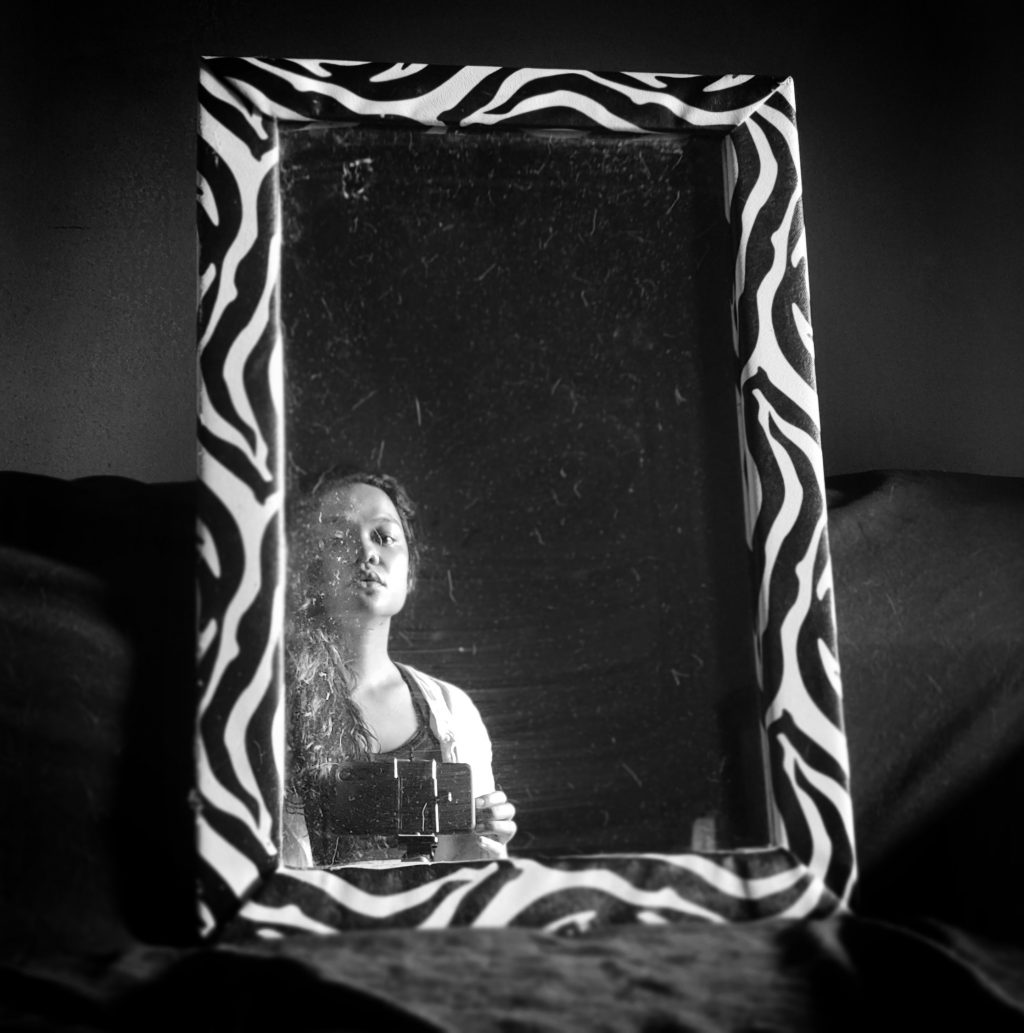
Have you heard of how the lockdown is different in Cebu compared to Manila?
I heard [what’s happening in Cebu] is pretty similar [to what’s happening in Manila]. There are similar problems with relief goods, with quarantine passes, unclear instructions from authorities, unclear routine. People are afraid to go out.
What I heard from friends in Cebu is that when Manila was put on lockdown, people in Cebu knew it was going to happen there too. Many people wanted to get out of the city and get home. This caused the crowding of bus terminals. Pretty much it went the same way it happened in Manila. That’s the natural way of things.
I watched a TedTalk done by a global health systems expert (Alanna Shaikh). She explained that quarantines help during times of pandemic, because it gives time for proper health systems to be put in place. But she says it’s natural for people to fear and flee a quarantine. So when I heard that people were fleeing from Manila and Cebu, I couldn’t blame them for wanting to go home. It will get dangerous in Cebu or any big city. You’ll want to be with your family, in a place where you are sure to get resources. That’s what I heard. So it’s pretty similar to Manila’s experience.
When you first moved from Cebu to Manila, was there any difference in terms of the lifestyle, culture, or the community?
Major culture shock! When I first came here, I noticed that everything’s so crowded, but everybody’s so alone all the time. Not alone, more alienated. For a highly congested metro, everyone’s so alienated.
It’s very hard to get from one place to another. I was joking on Twitter that I kind of understand now why Manilenyos tend to say “I miss you” more often than Cebuanos do. That’s something that I first didn’t understand. Like, “Why [would you miss me]? I’m going to see you at work. Maybe in the next few weeks.” Then I realized, you know, you can meet one person one time, have a really good time with them in a workplace or a shoot, and you can be talking online, but you might never see each other until six months later. It’s so hard to get from one place to another.
The transport system…Cebu transport is getting really bad na rin. But Manila is so big and there’s so many things going on, but I can’t get to those things that are going on! (laughs) It’s so hard to move around here!
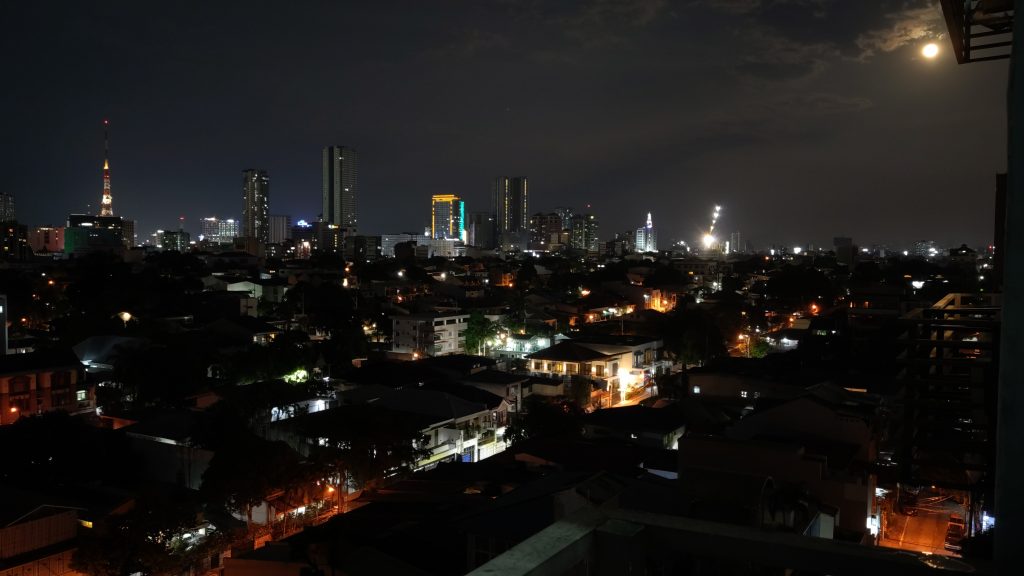
I got used to the little island life in Cebu. Especially when I go visit Dumaguete. The beach is a tricycle away. I just have to know where my hotel is. If somebody says let’s meet at Qyosko, you go to a tryke and say “Kuya, sa Qyosko,” and then the tryke’s going to take you there.
Or if you want to go to Ayala. You just ride a jeep that has [the number] 04L on top. Because every jeep has a number on it to let you know it’s route. So it’s kind of easy [navigating the city] over there. Then I come here [to Manila] and I try to ride a jeepney, I tried to ride LRTs and stuff. Holy shit! (laughs) I must always have [cellphone] load! I must always have load in case I get lost! So I can call somebody and say I’m lost!
In terms of people, I can sense this huge difference with the way people operate in Manila. I understand why, at least experientially, I get why things are slower in the province and faster in highly urbanized spaces. Especially in Metro Manila where everything is tat, tat, tat. Atat. In the Visayas, the island vibe is still very heavy. It makes you slow down and chill and stuff. And then you come here and then you realize, I am not in the island anymore! I have been left by God!
There’s a kind of difference in attitude between people from here and people back home. The sarcasm is very different. The humor is very different. I’m still struggling to ride along with Manila humor. I think it’s also because of language. I can speak man Tagalog. But it’s really different when it’s not something you use daily for years. There’s also this culture and experience that comes with the use of the language. This makes me unable to ride along with jokes.
For example, when a Manilenyo makes a hugot joke, I don’t….It’s not that it’s not funny, but because of the cultural differences, it’s hard for me to find it funny. That’s not to say that Cebuanos don’t have hugot jokes. We do. I get that more. There’s a whole culture that comes with it that I’m familiar with.
That becomes a huge problem for me when I want to get hired. Because of Sutukil Sauce, the production company that we did [in Cebu]. Some of the production people [in Manila] expect me to be funny. All the time. In Tagalog. And I have to explain to them, yes, I’m funny. But I’m funny in Cebuano. I feel that it disappoints them. “Akala ko ba funny siya?” But no! It’s language, maamsh!
The sensibilities of people who use a particular language are expressed in that language. For example, we Cebuanos have different words for humidity. What is the Tagalog word for humidity? Maalinsangan. I remember I had to translate that in my head, especially during the rainy season. For Cebuanos, especially island people, we have many words for humidity. We have alimuot, we have alingling, we have igang. When you live in an island, you experience different types of humidity, so we have different words for it.
The presence or absence of certain words in a language means that one group has different sensibilities from another. Why do you guys have a word for this and we don’t? In terms of humor, I think that’s really dependent on the sensibilities of a people, which we express through our langauge.
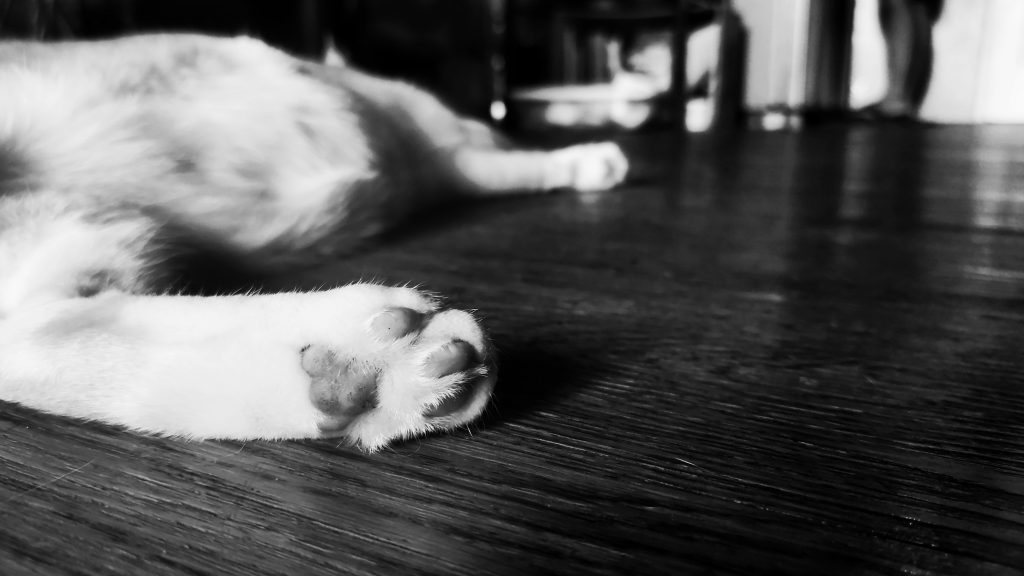
What is something that Cebu has that Manila doesn’t?
Pusô! (sighs longingly)
There was this one shoot. I was getting kinda hungry. It was in the middle of the afternoon. During a shoot kasi, I tend to eat small, frequent meals. I don’t like performing on a full stomach. It messes with my performance.
So I was getting kind of hungry by mid-afternoon and there was this small stall. There was kwek-kwek and barbecue and all of that stuff. I had a friend with me who is also Bisaya. I said, “Ah, naay kwek-kwek! Kaon ta! Let’s eat!”
Because we were together the whole day and we were talking in Cebuano, for a split second I really thought I was in Cebu. So we were looking around the stall and I caught myself looking for the pusô! Where’s the pusô? Shit! I’m not in Cebu. Imagine if there’s pusô. It’s so easy to just hold it and eat. That’s one thing that…aaagh! Pusô, definitely!
What’s something Manila has that Cebu doesn’t?
A cinematheque. Believe it or not, Cebu does not have a cinematheque. That’s the thing that, as a Cebuana, I am ashamed of. I mean, hello! Nabunturan has a cinematheque. Dumagete has a cinematheque. But Cebu doesn’t have one.
And support for arts. Ever since I got into the creative scene in Cebu, I noticed that a lot of the noise Manila hears from Cebu is mostly the work of the artistic communities themselves. There were attempts from the local government to create a small council for film, but there’s hardly any local government support for the arts in Cebu to speak of. That’s also the reason for this diaspora of talented people from Cebu moving to Manila. The people I’ve worked with in Cebu, a lot of them have moved here. I would even say I’m a latecomer. [Director] Victor Villanueva, I’ve been friends with him for over ten years now. He moved here. [Director] Ara Chawdhury moved here. A lot of the crew that I worked with in Cebu, they moved here. [Director] Christian Labanan. [Director] Kenneth Dagatan. [Visual Artist] Jan Sunday moved here too.
So many people! And it’s sad. We wouldn’t have to move if there was some support for what we do and ways to earn our living in Cebu. There are artists in Cebu who can earn a living there through their art, but that is mostly because of the work of the artists that came before us.
The solidarity of Cebuano artists is very heart warming. But that is something in Metro Manila that I wish we would have in Cebu—support for local artists.

Your work in Sutukil Sauce credits you as a writer and a producer. Will wee see Chai Fonacier behind the writer or director’s chair?
I guess so! I’m not sure about the directing part because I’m a very scatter-brained person. I don’t trust myself to be able to organize a group of people. But writing though! I have a bunch of ideas that are on the shelf, that I hope to work on during quarantine. Sketches, really. I wanted to do a Bisaya Darna thing. It’s just Darna complaining to Ding about where is the bato. But it’s Darna speaking in Cebuano. We already shot a video, we put it up on Twitter. It’s just Darna screaming Ding! Asa ang bato!
Writing. Yeah, writing, sure. I don’t trust myself directing. Not yet.
Are there other Cebuano o Visayan artists—in film or otherwise—that we should know about? Anyone you feel is unjustly overlooked by Manila? Shout them out!
That’s a very hard question for a Libra to answer. (laughs)
I wouldn’t say they’re overlooked. They’ve always been there, and have their following within their communities, except that the regions don’t have as big a megaphone as Metro Manila. If you allow me, I want to also touch on artists from Dumaguete.
In music: I think Jerika Teodorico is a relatively underrated artist, of whom I am a huge fan. She has an impressive grasp of the Cebuano tongue and her own brand of storytelling in her songs. She collaborated with Mandaue Nights for their song First Kiss. Mary Anchit is another artist I would recommend. There’s Vincent Eco, as well as Lourdes Maglinte who just released her album early this year. Look for Ruin The Party. Another band whose album I’m watching out for is Silingan ni Felicity.
From Dumaguete: There’s a ska band named HNO2 . Meagan Trees‘ introspective music might be something people want to check out. I’m sure there are a lot more, just that these are the ones i’ve recently been listening to often as of late.
In visual art: Thom Jopson, Nyel Compra.
Our Cebuano films are underrated! (laughs) Except maybe Patay Na Si Hesus, which had a nationwide release. There’s the horror film Di Ingon Nato by Ivan Zaldarriaga. Remton Zuasola’s Damgo ni Eleuteria is also there. Jerold Tarog’s Confessional too. All three films are Cinema One Originals entries.
What makes Cebuano or Visayan artists different from their Manila peers? What do you bring to the table?
Regionalism can be very helpful for identiying who the Filipino is. Culture serves as our ID. It helps us introduce ourselves as a people.
Just to veer off tangentially a bit, I think that’s why Mindanao and a lot of Visayas are kind of salty about Metro Manila. Because 90% of the media that we get is always coming from Metro Manila and there are none of us in there. Representation is very, very important. If art serves as our mirror, it seves as our ID culturally. It helps us introduce ourselves a little more properly. If we opened up the communication lines, it’s a two way street. If Manila opens up and lets the other regions show their culture too, then probably we would be able to understand ourselves as a whole country a little more clearly. If we understand where these stories are coming from.
That’s why I keep reiterating that it’s very important to tell stories from home. Use your own langauge to talk about your experiences from whatever region you come from.
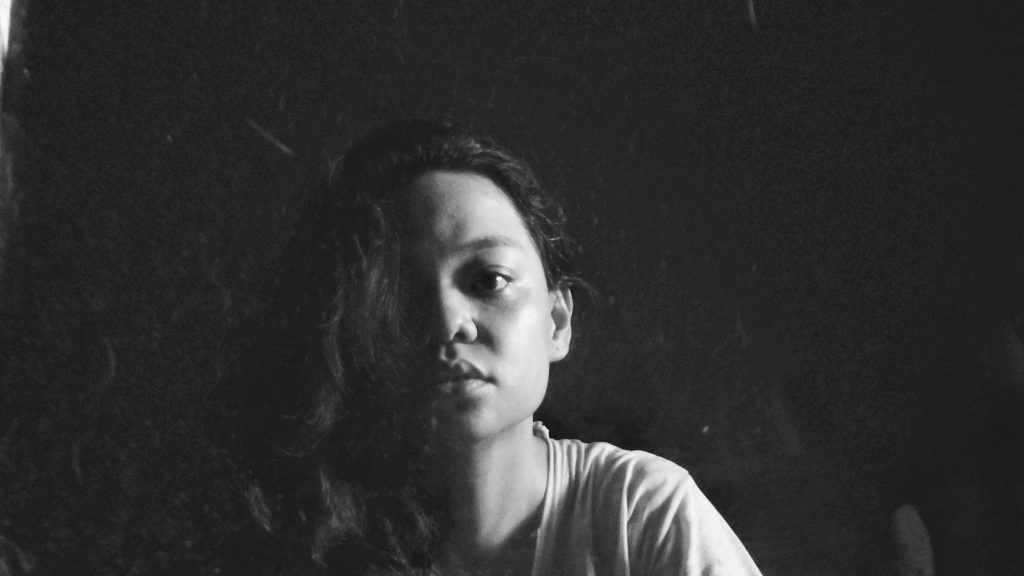
That’s why I believe that storytelling is a human responsibility. When we tell stories, we document. We introduce ourselves to each other. We shed light on things that we normally don’t think about or don’t have answers to. That’s why it’s important for regions to be allowed to tell their stories.
Chai Fonacier
Now that we’re all on lockdown, how are you using all this free time? Any plans/projects in the works?
I’m just as confused as everybody else, really. I don’t have big plans yet. I’m still trying to figure out what I can do to secure my future. I have the same worries as everybody else. I’m not rich. I can’t really talk about “Oh, I’m just going to make a blog! I’ll just blog and stay at home.” I stay up all night thinking about where the fuck I’m going to get my money! Where the fuck am I going to get my food by June, you know? That’s the estimated time when the rate of infections peak. It’s those things that I’m worried about.
Right now, I’m just volunteering for stuff I can do online. I am a volunteer host for the 24/7 livestream of Mamatay Kang Hayop na Covid Ka. They’re raising funds for RITM, Philippine Heart Center, and the Philippine Genome Center. At 4:00 is the time slot alotted for our organization, Dakila. Yesterday, I hosted for them and we were talking about caring for our mental health through the quarantine.
I’m also doing some online work like proofreading and some online writing. Before I moved to Manila, I was an online freelance writer. I still do that every once in a while. Apart from that, just taking care of the cats and trying to figure out where to get fucking money, yo. It’s kinda scary.
What’s your favorite part of the house?
My unit is so small! I don’t think there’s anything else to discover here…
Oh, I discovered that my cat has a treasure box behind the shoe rack! All of the lighters that we’ve lost, all the tiny little things that we’ve lost—like the tiny thing I use to open the back of my phone so I can put the simcard in, or an adaptor. There’s a little spot behind the shoe rack where the cat hoards stuff.

The lockdown has been extended until April 30. Kaya pa ba?
Until the end of April? You know what, I’m bracing myself until the end of June. I don’t believe this is going to end by April 30 because we’re not hearing any proper plans from the government. We’re just hearing verbal diarrhea during the press cons, but there are no concrete plans.
In comparison, Japan and South Korea are treating this pandemic as a health problem. But they’re also seeing a spike in infections. That’s considering that they prioritized testing. Here in the Philippines where we’re not yet prioritizing mass testing, I do not think this lockdown will end by April 30. We don’t have a plan! I think we have to prepare like it’s Ragnarok.
What’s the first thing you’ll do when the lockdown ends?
Oh my God, I’m going to get some sun! Jesus Christ, I’m going to get some fucking sun! I cannot! (laughs)
The only sun that I get is when I go downstairs to go to the little convenience store of the building. Which isn’t even a real convenience store anymore! You can’t enter. It’s like a sari-sari store now. You go to the door, you tell them what you need, and they pick it up for you. That’s the only sunlight that I get! And my unit only has one window!
When the lockdown is lifted, I’m going to get some fucking sun. And I’m going to get myself a beer! For crying out loud, I have not had a drop of alcohol for weeks! I understand that the Quezon City liquor ban is for the good of everybody, but I lament the lack of communication from the local government because they couldn’t explain why they had to ban alcohol. I mean, the reasons are obvious, sure, but I still think that it’s their responsibility to be transparent about every single thing that they do. Or else they’ll just come up with rules that don’t make any sense. I understand that there’s a need for a liquor ban, but at the same time… (gurgles in frustration).
So when the liquor ban is lifted, I’m going to go to a corner of our street at 2:00 or 3:00 in the afternoon and I’m going to have my goddamn cold beer there. And I’m going to play songs for everybody for free!
What can we expect from Chai Fonacier when this lockdown is over?
I haven’t really thought about that. I have a feeling that I might have a huge amount of written output. I don’t know where I can put it out though. Maybe I’ll start with a blog, I guess? I want to make a blog that’s like a themed blog. I’m struggling with songwriting right now, but I can feel some poems coming back. And some humorous writing. I guess that it for now.
Photos provided by Chai Fonacier
Follow CLAVEL on Facebook and Instagram for news, culture, and more.


